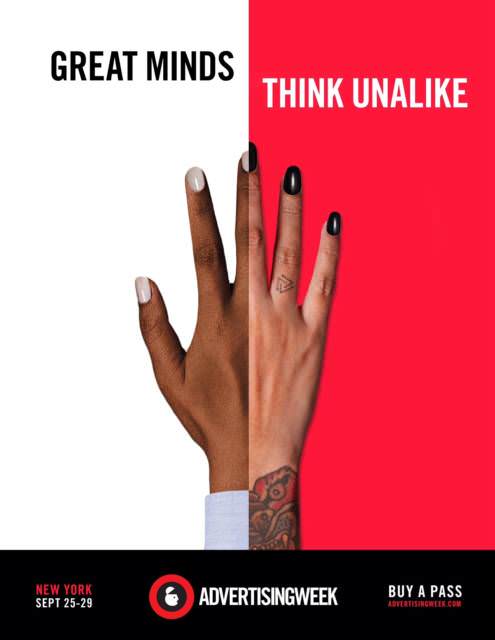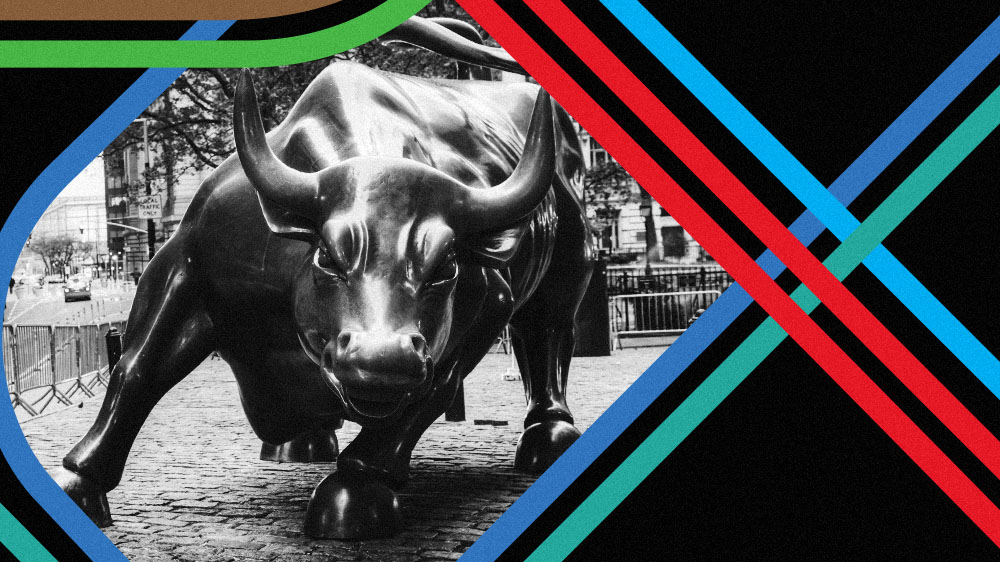With more than 50 events on the first day alone, Advertising Week 2017 has a lot going on: you’d need 67 hours to see all of the day-one talks. To save you some time, we’re breaking down the biggest topics on the first day.
China
The swiftly-growing Chinese market featured prominently on day one of Advertising Week, with Tencent hosting two panel discussions on the market. The first, entitled The Same? But Different! How Content and Technology Are Transforming Business In China, discussed the key differences between American and Chinese consumers. The talk primarily centered around the vast difference between the heavily regulated television and laissez-faire Internet content spaces.
Steven Chang, corporate vice president at Tencent, put forward the need for more standardized data systems between different digital platforms.
The Chinese market seems to be a major theme of this year’s Advertising Week, and there are several talks on the subject on Tuesday.
Diversity
Seven events discuss the issues of inclusion, from a women’s-empowerment experiential pop-up gallery to a panel of CEOs discussing the best ways to incorporate a wider array of voices in their companies.
Advertising Week itself commented on diversity, revealing an ad campaign featuring a “multicultural” composite hand.

HP started the conversation off, releasing its report card for the diversity challenge it issued last year. The results: 61 percent of the computer company’s worldwide agency partners have female team members, and 51 percent have at least one woman in a senior position. During one presentation, HP CMO Antonio Lucio said the company’s next goal is to increase racial-minority representation in the workplace.
The CEO Action for Diversity and Inclusion panel spoke along similar lines. “I think our industry is making strides with women,” said Michael Roth, CEO of Interpublic Group, “but we were going nowhere with women of color and people of color.”
Keith Cartwright, Saturday Morning’s executive creative director, pointed out that the problem isn’t just with hiring, but giving people of color the same opportunities for mentoring and promotion.
But it takes more than just calling out bad actors. “We need to celebrate the good companies that are doing it well,” Cartwright added, citing McDonalds and the University of Chicago as companies acting well.
Representation of women needs a lot of work, too, as the panel The Truth About Gender Bias in Ads in 2017 revealed. Citing the Geena Davis Institute on Gender in Media, they discussed how women are still massively underrepresented in ads, and when present are forced into highly stereotyped roles (i.e. in the kitchen or as sexual objects). The institute’s research analyzed 12 years of Cannes winners and shortlists and found that there was almost no difference in representation between 2006 and 2017.
Data, AI and Automation
With a total of 15 talks on the subject, information and technology proved to be the largest subject of conversation on day one. The general consensus: the industry still has quite a way to go.
Keith Weed, chief marketing and communications officer at Unilever, stridently urged for better practices: “There’s a sea of content out there, and we’ve all developed these marvelous bullshit filters,” he said.
Accountability was another hot-button issue, with Weed being just one of many speakers to hold companies like Facebook and Google responsible for content they host.
While some panelists predicted doom for the industry, the consensus seemed to be that AI still isn’t a threat to the creative arms of the advertising industry. Yin Rani, Campbell’s vice president of integrated marketing, summed it up: “Machines are still kind of dumb these days.”
There are still four more days of Advertising Week left to go: check back here tomorrow for more features and round-ups.

